Strategic IT Leadership
Bringing Clarity and Direction to Your IT: vCIO and TAM Support
Having a Virtual Chief Information Officer (vCIO) and a Technical Alignment Manager (TAM) in your corner gives your business both strategic direction and technical stability.
The vCIO helps align your IT strategy with your wider business goals—planning for growth, managing risk, and ensuring you’re investing in the right technologies.
Meanwhile, the TAM focuses on the day-to-day health of your systems, ensuring everything runs smoothly, stays secure, and meets best practices. Together, these roles bring a proactive, structured approach to IT that supports smarter decisions, reduces downtime, and keeps your business moving forward.
Virtual Chief Information Officer (vCIO )
Strategic role focused on aligning technology with business goals.
- Develop long-term IT strategies aligned with the client’s business objectives.
- Create IT roadmaps, budgeting plans, and technology life cycle strategies.
2. Technology Consulting
- Advise on systems, software, security, and infrastructure.
- Evaluate emerging technologies and recommend adoption based on business needs.
- Act as the primary strategic liaison between the IT company and the client’s leadership team.
- Participate in regular executive meetings to discuss performance, IT alignment, and goals.
4. Risk Management & Compliance
- Identify cybersecurity risks and ensure compliance with industry standards (e.g., HIPAA, GDPR).
- Implement risk mitigation strategies and disaster recovery plans.
5. IT Budgeting & Procurement
- Assist clients in IT budgeting.
- Recommend and help procure appropriate hardware, software, and services.
6. Performance & KPI Monitoring
- Measure the effectiveness of IT systems.
- Report on SLAs, uptime, incident response, and other key metrics.
7. Vendor Management
- Help select, evaluate, and manage third-party technology vendors.
Technical alignment manager (TAM)
Align technical services and products with a customer’s business goals.
- Help customers map product features to business objectives, ensuring the technology is being used effectively.
2. Technical Guidance
- Offer best practice recommendations, architecture reviews, and technical health checks.
3. Proactive Support
- Identify risks before they become problems, assist in performance tuning, and recommend upgrades or feature adoption.
4. Relationship Management
- Act as a trusted advisor, maintaining regular check-ins and being a customer advocate internally.
5.Incident Support Oversight:
- While not usually hands-on support, they coordinate high-priority incident responses and escalation pathways.
ANother Managed IT Services
Proactive IT Solutions
Office 365
Backup & Continuity
Disaster Recovery
Why Work With Us
Proactive
Our proactive approach reduces downtime, lowers costs, and keeps your systems running smoothly - so you can focus on what matters most.
Experienced
With 25 years in the IT industry, we bring knowledge and hands-on experience to every project.
Reliable
We're a reliable IT partner you can count on. Whether it's a quick fix remotely or hands-on help at your location, we respond fast to keep your systems running.
Tailored Support Plans
Our support contracts are tailored to fit the way your business operates. Whether you need full coverage, occasional help, or something in between.
